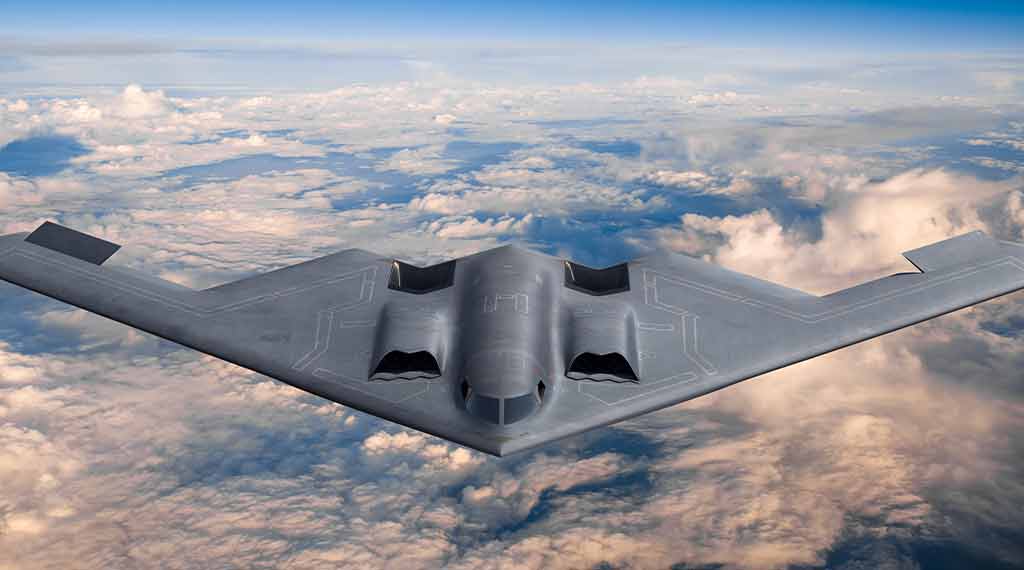
B-2 Accident: Since the U.S. Air Force’s B-2 Spirit’s introduction to service more than three decades ago, only one of these stealth bombers has ever been lost in an accident. Perhaps surprisingly, it wasn’t combat or military drills that downed this formidable airframe, but a routine flight. Following the loss of this B-2, only 20 of these essential bombers remain in the service. The Spirit may be old, but the platform continues to play a key role in America’s long-range strike arsenal.
Latest posts by Maya Carlin (see all)
- Israel’s $2 Iron Beam Laser Could Disrupt Missile Warfare - December 23, 2025
- US Stands Up New Drone Strike Force in the Middle East - December 9, 2025
- Has Russia Finally Sold its Su-35s to Iran? - December 2, 2025
